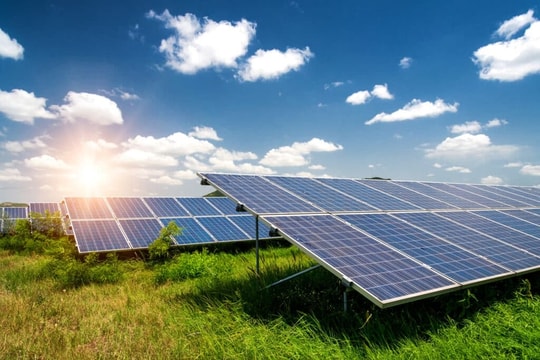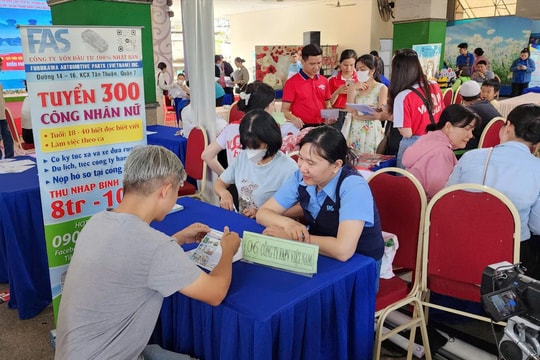Despite these positives, the report outlines that overall business conditions have improved to a lesser extent than in October. Slower rises in output and new orders were recorded, with the latter impacted by export weakness.
Meanwhile, employment continued to fall amid cost cutting efforts, resulting in a continued accumulation of outstanding business. Input costs increased, although at a relatively modest level, with output prices rising slightly in response.
The PMI remained above the 50.0 no-change mark in November to signal a second consecutive monthly improvement in business conditions following the contraction caused by Typhoon Yagi back in September.
However, the score of 50.8 was down from 51.2 in October and pointed to only a modest strengthening in the health of the sector.
Andrew Harker, economics director at S&P Global Market Intelligence, said, "While the Vietnamese manufacturing sector remained in growth territory in November, it was a little disappointing to see rates of expansion in output and new orders falter slightly rather than continuing to gain momentum following the disruption caused by Typhoon Yagi in September. To some extent, the slowdown in growth reflected weakness in international demand, with exports down to the largest extent since July 2023".
"Firms were again keen to keep a lid on costs, and this contributed to another reduction in employment, in turn limiting the ability of companies to complete orders on time. The coming months will hopefully see demand solidify, giving firms the confidence to expand capacity," he noted.

























